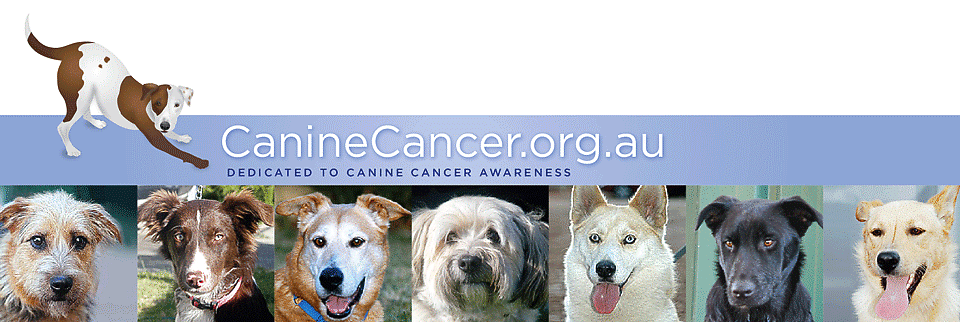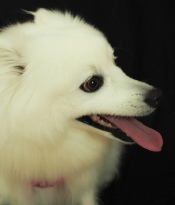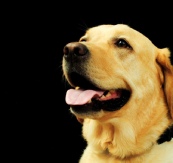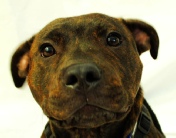
Copyright © 2013 CanineCancer.org.au All rights reserved.
Radiology
Veterinary practice has diversified significantly in the last 10 to 20 years. In the early ‘90’s it was rare to come across specialist veterinarians but in the intervening years, specialist veterinary streams have developed across many fields including veterinary radiology. The field of veterinary radiology encompasses any test related to “imaging” of animals; the common tests used include radiographs (Xrays), ultrasound, computed tomography (CT) and magnetic resonance imaging (MRI). Our communities have evolved to expect a higher quality of care for our pets, particularly dogs and cats, as they tend to occupy a central role in our family structure. We expect that medical advances and opportunities seen in human medicine in recent decades will flow onto these pets and imaging provides non-invasive ways to see what is going on “inside” your pet.
A specialist veterinary radiologist has a veterinary Bachelor’s degree and typically has worked in general practice for a time (1-3+ years). Then they undertake a period of supervised training in a specialist institution for 3 years, before sitting rigorous additional examinations to earn their qualification. The final step is to register with the Australasian Veterinary Boards Council as a specialist (you cannot call yourself a registered specialist unless you have followed this process). Be sure that if advanced imaging (ultrasound, CT or MR) is being performed on your pet, you are dealing with a specialist.
Technology is a massive part of modern medicine. As in the human medical field, advances in equipment have filtered through to the veterinary profession. Veterinary radiologists work in practices that have access to cutting-edge ultrasound equipment, CT and MRI machines (typically manufactured for humans, but reconfigured for our animal patients). They often work in teams with other specialists (like oncologists and surgeons) to ensure the best outcome for each patient. Your family GP would refer you to a specialist or hospital if required; similarly, vet GPs remain a good first point of contact. But when things get complicated or your pet gets very sick (for example, severe vomiting or abdominal pain, seizures, nasal discharge, breathing difficulties), referral to a vet radiologist allows for the highest quality imaging and interpretation quickly, thereby helping you and your vet decide what to do next. Vet radiologists can review radiographs taken at your regular vet to ensure that subtle changes aren’t missed, or perform more advanced tests (like US, CT or MRI) on your pet to help work out exactly what is going on. Often tests can be done conscious or under a light sedation.
Dr Zoe Lenard BVSc(Hons) FANZCVS(Radiology)
Registered Specialist in Veterinary Radiology






